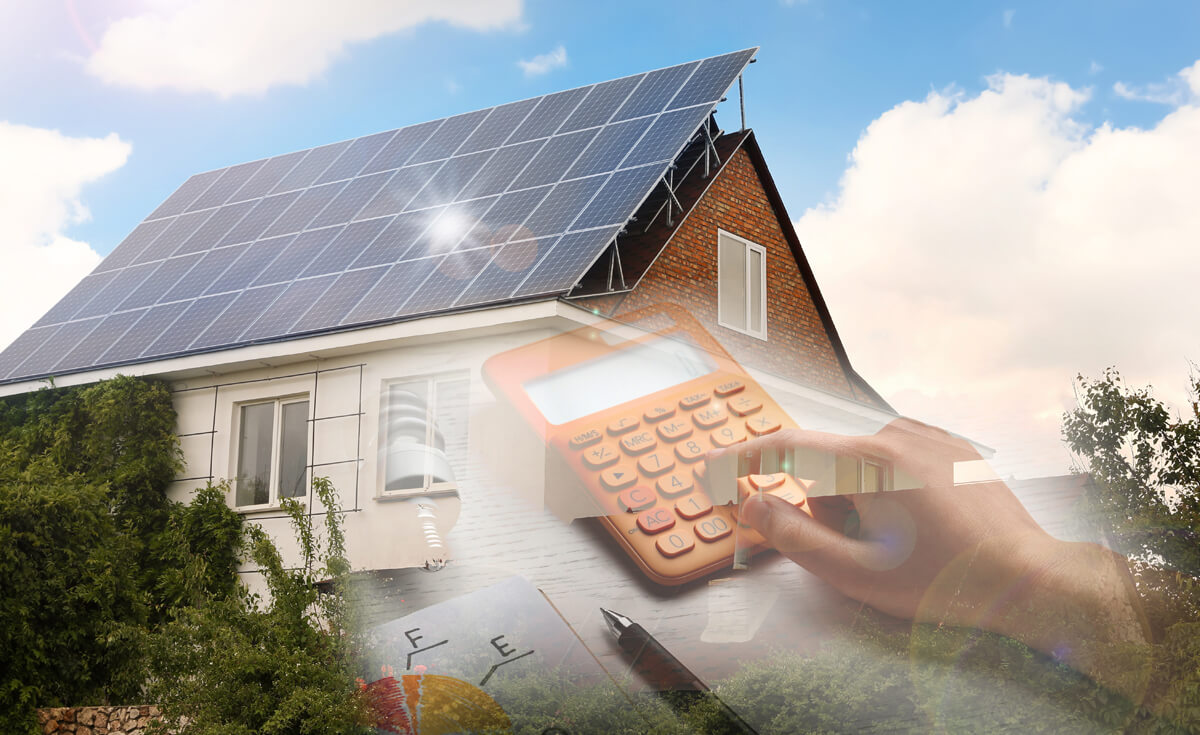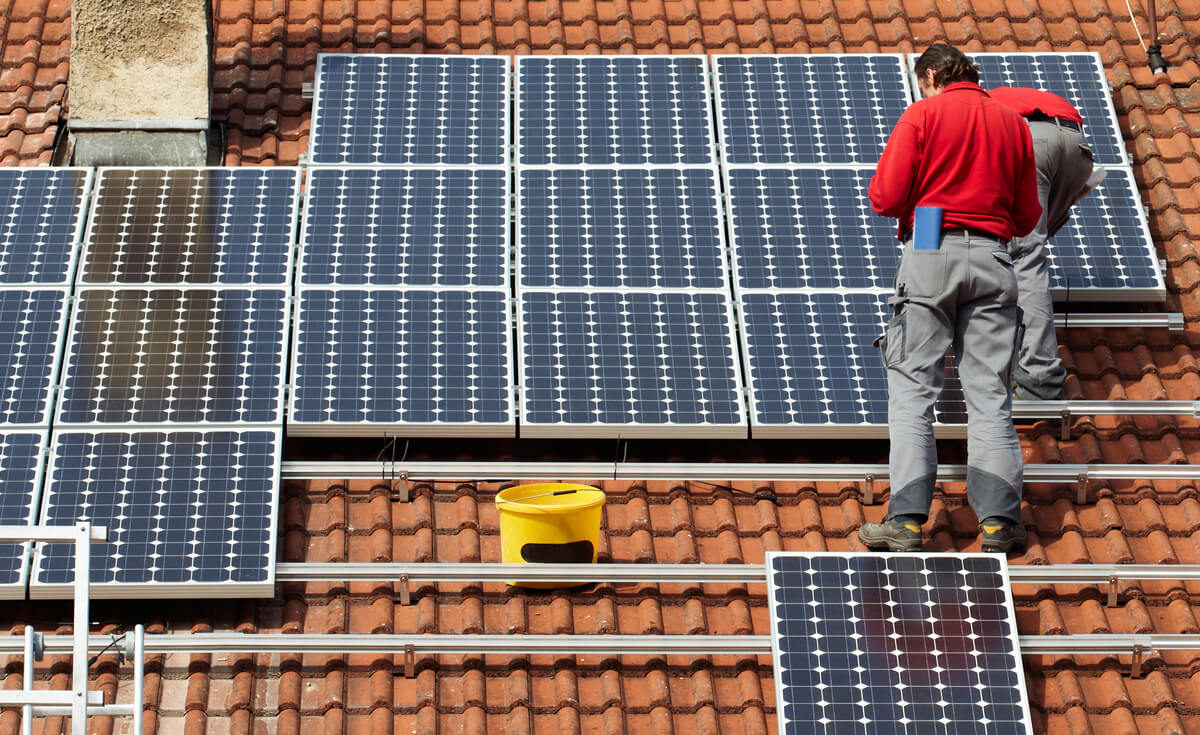Buyer's Guide to Solar in Singapore

Many consumers compare solar PV systems in terms of the number of solar panels. While it might seem to be a logical method or comparison, don't forget that panels come in different sizes. And even then, 2 same-sized panels can have different power ratings, and this affects the amount of energy that each panel can generate.
The best way to compare panels is to go by cost per watt-peak. It's also important to note that some installers might propose a cheaper solar PV set-up, but that can sometimes also mean that the capacity is lower. It goes without saying that that would not be a good investment.
Example
Company A sells a 10kWp solar system at $20,000*, Company B sells a 13 kWp solar system at $22,000*
10kWp = 10,000 Watt-peak
13kWp = 13,000 Watt-peak
*Figures are for illustrative purposes
Company A's cost per watt-peak = $20,000 / 10,000 Watt-peak = $2 per Watt-peak
Company B's cost per watt-peak = $22,000 / 13,000 Watt-peak = $1.69 per Watt-peak
You will see that although the total cost for Company A is cheaper, the cost per watt-peak of Company B is more attractive and you will generate much more energy for at least 25 years. Take note that a 3 kWp difference can cost you as much as 96,000 kWh across 25 years! That is the equivalent of powering 320 four-room HDB flats for a month! Taking the current Q2 2021 SP Tariff as the basis of our calculation, 96,000kWh is equivalent to almost SGD 23,165!
Payback Period

You might be wondering how long it would take for your solar PV system to pay for itself. The truth is, that will depend on the exact figures of energy consumption for your house and the tariffs that are set in the future. Energy consumption patterns, consumption and export tariffs greatly affect the payback period.
To help give you some idea of the possible payback period, perhaps now would be a good time to share how this is calculated. This will also serve to help you check on the figures which installers might bandy about as a sales pitch.
There are many variables which come into play such as the following:
Solar Generation
• Projected sun-hours per day.
Household Consumption
• Average Energy Consumption (in kilowatt/hour, or kWh)
• Energy consumption between day and night can range from 20%-60% in the day, and 40%-80% in the evening, depending on the household consumption pattern.
Energy/Electricity Tariff
• Consumption Rate/Tariff ($/kWh)
• Export Rate, also known as Sell-back Rate ($/kWh)
• Check with your Energy Retailer as this differs accordingly to each retailer.
These are some of the factors that will determine the payback period of the solar PV system and clients are advised to also do their own due diligence before deciding to invest in the installation of a solar PV system.
Note: The above variables will change over time, and therefore in order to project the payback period for your house, you will need to make certain assumptions and these assumptions may differ, pending on which research material you are making those assumptions on.
Solar Panel Brands

There are too many solar panel brands out there, each claiming to be the best and while it is relative, to a certain extent, the truth is that there isn't a uniform measurement across the board when it comes to listed sale prices. To make this process less complicated, we recommend that you first narrow it down the top 5 brands which have the most volume, according to Bloomberg New Energy Finance (BNEF)* guide.
*BNEF is Bloomberg's research arm that provides insight, data and news on the latest trends and transformation of the clean energy sector. BNEF aims to provide differentiated transparency via thorough analysis of these solar panels and how bankable they are. BNEF releases a tiered list of bankable solar panels quarterly.
Warranty Support & Choice of Solar Installer
Solar installers have all sorts of sales packages as a way to attract you to purchase their panels. Some might say it would be better to get solar panels that are produced in the region as this makes warranty claims less cumbersome. This might not necessary be the case If you purchase solar panels that have been proven to last and perform. This is the reason why we advise consumers to focus on the brands on the top of BNEF's list. In fact, installers usually have already factored in the cost of warranty support in their proposals. Installers come and go, and even manufacturing facilities are not forever, as companies can move their operations abroad. We advise you to choose a solar installer that is here to stay for the long run as they will be able to assist you if you experience any issues with your solar PV system after the installation, or even a few years down the road.
We hope that the information we've shared can go some way towards helping you make an informed purchase decision. If you still have queries about how to go about making the switch to solar, please contact SolarPVExchange and we’ll be more than happy to walk you through the process.

About SolarPVExchange
SolarPVExchange is one of Singapore’s pioneer solar system integrator, with a track record in managing turnkey solar photovoltaic (PV) projects.We use the latest solar PV technologies when it comes to designing and building our solar pv systems so that you get the highest efficiency from our solar system. We also provide O% interest free installment plans via UOB U-Solar program. We specialize in residential and commercial/industrial systems and our professionally trained personnel are equipped with vast experience in handling solar PV projects from the design phase through installation till completion, providing a hassle-free experience.

